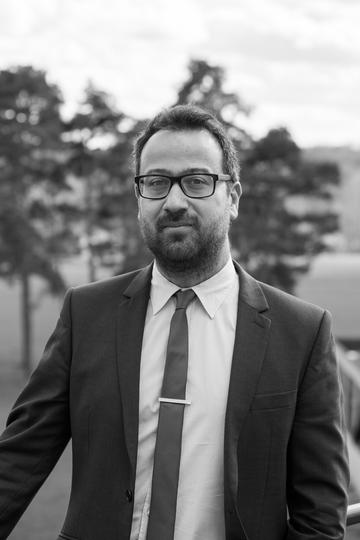We continue the interview with Professor Chalvatzis
PART 1: https://steamgreen.unibo.it/2017/10/09/changes-happening-rapidly-regulators-not-managing-catch/
PART 2: https://steamgreen.unibo.it/2017/10/13/nobody-tells-people-plan-produce-renewable-energy-30-years/
Now that you mention Greece, even though you are saying is not such a business-friendly country, you chose it to develop a project recently. Could you tell us something more about it?
Somehow it was a bit of a stupid ambition of wanting to show that we can do this very difficult project in a place which is so hostile to new investments in this direction. Greece is very rich in terms of resources in wind energy and solar energy: we are talking about the sunniest country in Europe in terms of radiations and availability of sun on a daily basis. In terms of wind resources it’s possibly one of the best in Europe because you have all these openly exposed islands around the Aegean Sea, that have a very consistently high wind speed. The average wind speeds in the area is typically higher than most other places in Europe. The issue is the lack of interconnectivity, which means you can produce a lot of energy that islands don’t need because they have small population and they need to pump the excess energy somewhere else, they may electrify the mainland or things like that. But this means interconnection. You need to be able to use the electricity in the mainland but you have to transfer it first. In theory, you could be producing energy, pumping in the mainland and even exporting it. The capacity is huge; you could be doing interesting things, even creating a market for that! But, that may be very ambitious.
For our project, we just wanted to show how new technologies, such for example energy storage and demand side management (because we are doing both), can interact with renewable energies on an isolated small system. And even when there are interactions with other islands (because there were interconnection with neighbouring islands), how can you create a system which is either isolated or interacting with neighbouring islands? How do we actually make this happen? How do we make it more profitable and cheaper than the existing systems? I think it was a combination of wanting to demonstrate the technological feasibility and, even more important, the business feasibility.
On one hand, we knew we would be full of problems with governmental authorities; it was very hard mainly in terms of licence, and also in terms of planning. We found ourselves waiting for almost one year until the energy regulatory authority managed to hire somebody for their CEO so they could have a meeting and tell us if they could approve our project or not. No meeting for one year. Nothing was going on. No new projects were permitting in the country. But imagine having European funding. Your clock is ticking! You have four years to finish the project. We had to run on the assumption that they would let us do it. They could have broken. It was very dangerous for us to do that because you have industrial companies investing on the R&D, developing the battery for us, the systems… And there was any chance that at the end of the year we said: “ok sorry we didn’t get the permit!” They would kill us! This is a country where, even without any intentional hostility, because of administrative problems, you could run in troubles, simply because commissions couldn’t meet to decide anything about your work. And your time runs out! For us it was relatively an “easy bet”. We’re doing it with European funding support; it’s another thing to use other people’s money, subsidies, funding. It’s totally different to be a sole investor, going there and using your money. It’s a lot more precious and a lot more risky. I think we’re probably doing well (now we’re already three years on in the project). There has been a lot of development. We have put all the equipment on the island; we’re switching on experimental supplies already. It is getting well in that sense. A lot has happen. But it’s not stress free. You’re running under many issues that you don’t control.
What about the response of the locals?
Local people love it! Which is surprising, generally speaking (laughs). I had this role in the European Comission, chair of a working group that focuses on consumer engagement for energy storage and smart grid systems; and one of the major issues I’m observing through the workings of this group is that mainly there is lack of consumer engagement across new projects, across new systems. Consumers generally want to sit back and let things happen for them, which is fine! I mean, I don’t blame anybody for that, it’s just human nature, people are too busy to deal with these things. I think is because on that island we were actively solving a problem locals had, that might be why we had so much engagement.
The problem was blackouts; locals have had regular blackouts before. Our project promises to reduce or completely eliminate them, as well as improving power quality (voltage, frequency,…) and stability of the grid. So, if our work start solving their problems, I think that is the type of promise these people were looking for, actually giving them a solution for something that has been very troublesome for them along years and no government managed to solve for them in the past. It’s not the same everywhere of course, in many other parts of the world, very often they are resolving not visible problems, making it more resilient for the future; but maybe if locals are not having blackouts they may not think about it, so why bother them? In this case, instead, we were solving a real problem.



